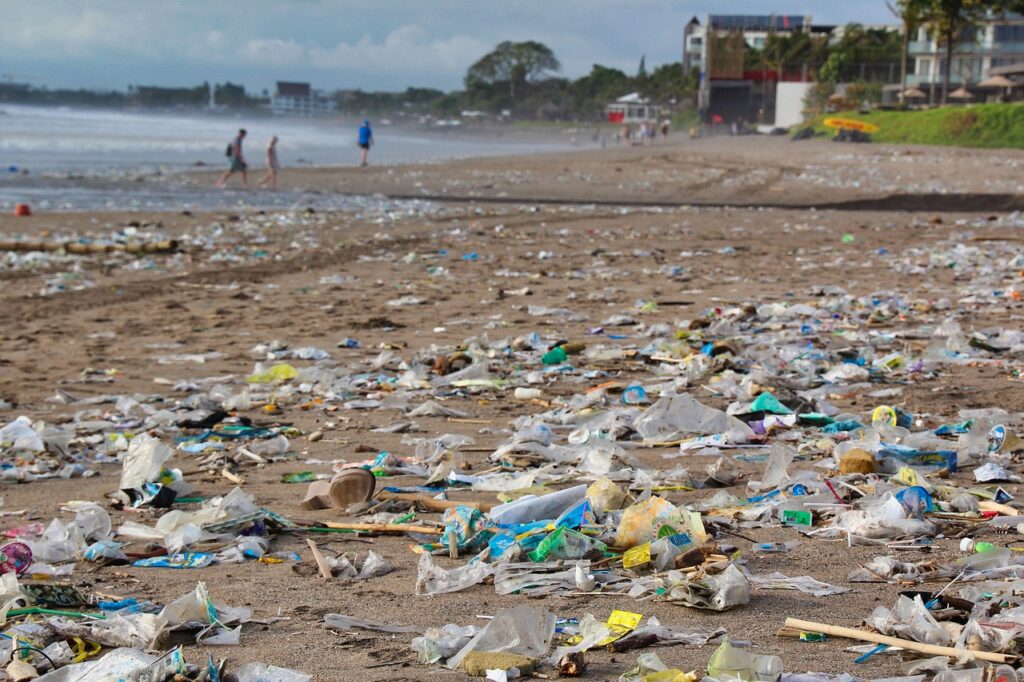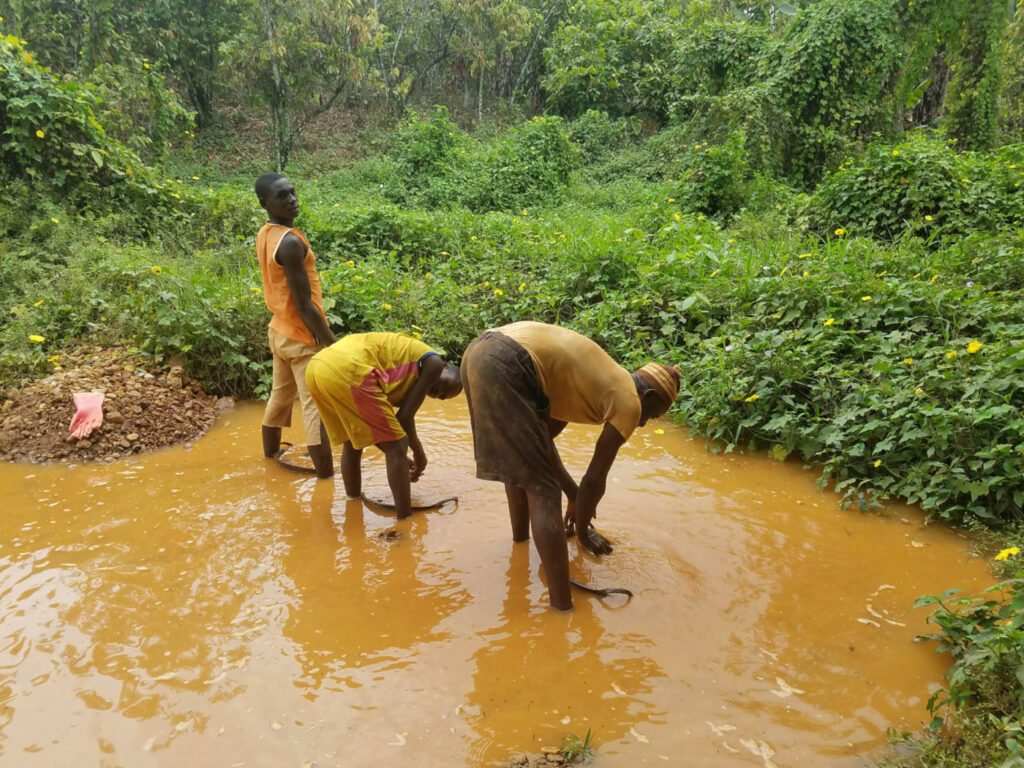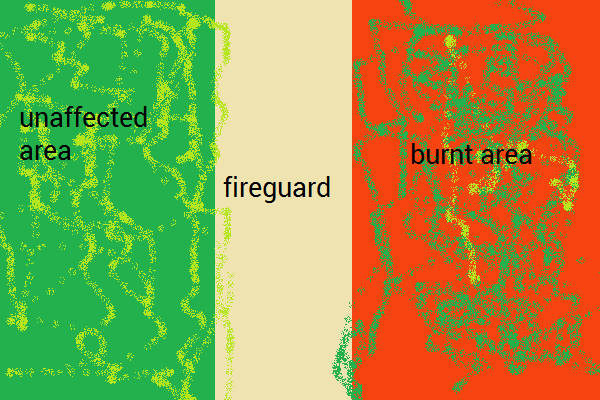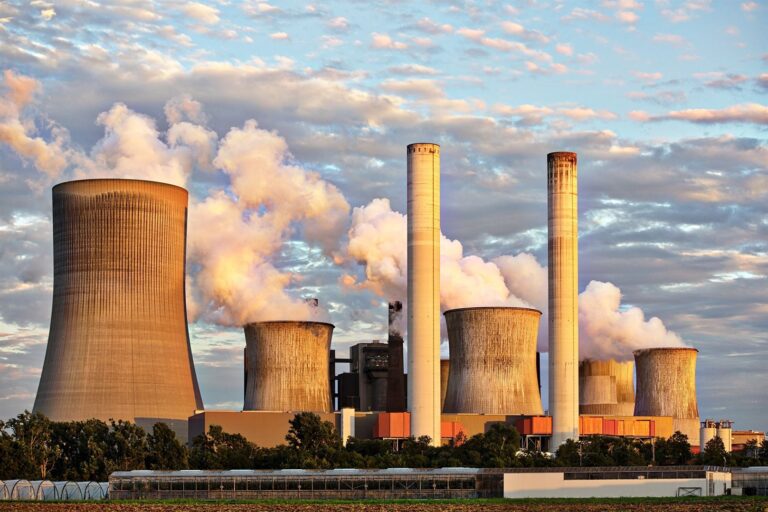
Land/ soil pollution is the contamination or addition of impurities (pollutants) to the land particularly the soil. The contamination of land then leads to land degradation.
Land degradation is the deterioration of land quality and value. There’s an important distinction between land pollution and degradation.
Land pollution leads to degradation and degradation does not necessarily result from pollution.
Imagine a farmer who comes on a piece of land then slashes all the vegetation present and abandons it. The farmer has not actually polluted but degraded the land.
We will first look at the causes of both land pollution and degradation and the causes of degradation without any prior pollution.
Causes of Land Pollution & Degradation
Causes of Land Pollution (Inexhaustive)
Human induced
- Oil spills, for example the Niger Delta in Nigeria is one of the most polluted place on earth
- Improper disposal of industrial and domestic waste (dumping)
- Petrochemical deposits from industries
- Excessive use of Agrochemicals e.g fertilisers, pesticides and herbicides e.g. Ethly dibromide (banned)
- Sewage bursts
- Improper squatting
- Nuclear explosions e.g.The Chernobyl Incident, Ukraine 1989
- Acid rain emanating from air pollution by humans
- Mining dumps
- Cyanide and mercury used by small scale artisanal miners to separate gold from its ore.
- Gum spitting which causes plastic pollution
Natural Causes
Naturally occurring trace elements such as arsenic, lead and mercury are toxic and capable of polluting the land if present in large quantities.
Phenomena such as volcanic eruptions can release toxic ash containing cadmium which is then deposited on land.
Causes of Direct Land Degradation
Pollution causes the land to degrade in value. However, there are some activities that appear to damage and degrade the land directly without necessarily polluting in the first place.
Activities such as slashing of trees, overgrazing, over-cultivation, land clearance for construction and sand mining directly causes land degradation.
Most of these activities cause soil erosion which decreases land quality and value.
Climatic changes also play a part in degradation. Droughts resulting from El Nino are capable of degrading the land making it unproductive.

Effects of Both Land Pollution and Degradation
Pollution ultimately leads to land degradation. After pollution has taken place the effects will lead to land degradation.
Desertification
One major cause of pollution and degradation is the deterioration of fertile lands into barren wastelands. Activities such as deforestation, over utilisation of land and excessive use of fertilisers can result in land becoming infertile which results in barrenness and reduced food supplies.
Desertification has become a global concern. Many people across Africa have been negatively affected by desertification which has led to famines and hunger.
Soil erosion & Mass Movements
Tonnes of soil is lost due to deforestation, land over utilisation and excessive irrigation again leading to infertility of land and desertification. In addition, this soil can find its way to rivers and choke them leading to floods
Global warming
Deforestation results in unabsorbed carbon dioxide in the atmosphere which contributes to the greenhouse and further warms the globe
Acidic soils
Large quantities of fertilisers and pesticides, garbage as well as acid rain increases the acidity of the soil resulting in infertility which affects food productions or poisoned harvests.
Depletion of species

Pollution and degradation results in certain species fleeing their habitats or dying.
80% of ocean debris consists of plastic. This is causing death of several aquatic lifeforms, seafood health issues and high costs of cleaning up beaches filled with deposited plastic
Deforestation can deplete birds and pesticides such as Ethyl dibromide (banned) can kill unharmful insects.
Health Issues
Endemic diseases such as cholera and typhoid can result due to land pollutions such as sewage burst. Toxins such as cyanide and mercury in soil and sewage can be washed away by running water into water bodies contaminating the water for drinking.
These toxins can cause respiratory issues and health disorders.

Unpleasant Smells
Bad odors can result from sewage bursts and dump
Measures and Mitigation
Some countries have successfully curbed or are trying e.g. China to reduce land pollution and degradation.
Some campaigns include Earth Day launched in 1970 which creates awareness and best practices on the environment. It is held every 22nd of April Almost 200 countries participate in this event.
Lets Do It! World Cleanup was started in Estonia in 2008. 191 countries are involved in creating a clean and healthy environment.
In Zimbabwe, a National Cleanup Campaign was launched on 5 December 2018. The campaign was then declared to run every Friday of every first week of the month.
Most of these campaigns have been successful creating awareness and best practices among citizens.
Measures to Mitigate Land Pollution and Degradation
- Fining industries and citizens on poor land practices
- Substituting diesel & petrol vehicles with clean electric vehicles
- Substituting coal with cleaner energy sources such as solar and wind
- Banning road unworthy vehicles
- Avoiding excessive fertiliser and pesticide usage.
- Recycling non-biodegradable materials such as plastics
- Avoid littering and spitting anywhere. In Singapore, non -medical gum selling and chewing has been banned and comes with harsh penalties if you are caught. Australia introduced an organic swallowable gum
- Avoid improper disposal of chemical objects such as batteries.
- Repairing damaged sewer, oil and chemical pipes
Measures to Mitigate Land Degradation
- Afforestation and Reforestation projects to avoid erosion and desertification
- Avoiding land over-utilisation and overgrazing. This can be achieved by proper land distribution and monitoring.
- Avoiding excess irrigation as it can lead to water logging or salinity which both of these can result in acidic soils or erosion.
- Allowing land to fallow before cultivating
- Avoiding stream bank cultivation which can result in land subsidence and mostly chokes rivers with silt.
- Gully reclamation projects by planting more trees
- Using fire guards to guard against an eventual veld fire

